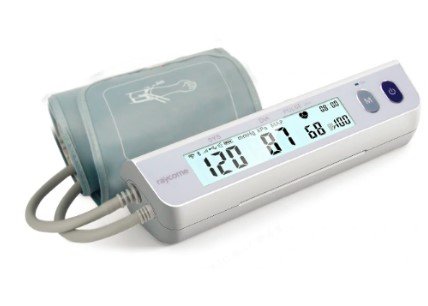Minimizing Errors in the Phlebotomy Process: Strategies for Success
Summary
- Proper training and education for phlebotomists
- Implementing standardized procedures and protocols
- Utilizing technology to reduce errors
Introduction
Phlebotomy is a crucial process in the medical field, as it involves drawing blood samples for analysis and diagnosis. However, errors in the phlebotomy process can lead to misdiagnosis, incorrect treatment, and patient harm. In the United States, medical labs are constantly striving to minimize errors in the phlebotomy process to ensure accurate and reliable Test Results. In this article, we will explore strategies that can be implemented to minimize errors in the phlebotomy process in medical labs in the United States.
Proper Training and Education
One of the most effective ways to minimize errors in the phlebotomy process is to ensure that phlebotomists are properly trained and educated. This includes both theoretical knowledge and practical skills related to phlebotomy. A well-trained phlebotomist will be able to identify the correct vein for blood draw, use proper techniques to minimize pain and discomfort for the patient, and correctly label and handle blood samples to prevent contamination.
Some key strategies for ensuring proper training and education of phlebotomists include:
- Enrolling in accredited phlebotomy training programs
- Participating in hands-on training sessions under the supervision of experienced phlebotomists
- Continuing Education and training to stay up-to-date on best practices and new technologies in phlebotomy
Standardized Procedures and Protocols
Another important strategy to minimize errors in the phlebotomy process is to implement standardized procedures and protocols. Having clear and standardized protocols in place ensures consistency in the phlebotomy process and reduces the likelihood of errors due to miscommunication or confusion.
Some key components of standardized procedures and protocols for phlebotomy include:
- Using the correct equipment and supplies for blood collection
- Following strict guidelines for patient identification and sample labeling
- Implementing proper techniques for vein selection and blood collection
- Establishing procedures for handling and transporting blood samples
Utilizing Technology
Advancements in technology have made it possible to streamline and automate many aspects of the phlebotomy process, reducing the potential for errors. Medical labs in the United States can leverage technology to improve the accuracy and efficiency of blood collection, processing, and analysis.
Some technological solutions that can help minimize errors in the phlebotomy process include:
- Barcoding systems for accurate sample labeling and tracking
- Electronic Health Records to ensure proper patient identification and history
- Automated blood collection devices to standardize the blood draw process
- Laboratory information management systems for efficient sample processing and analysis
Conclusion
Minimizing errors in the phlebotomy process is essential for ensuring the reliability and accuracy of Test Results in medical labs in the United States. By implementing proper training and education for phlebotomists, standardized procedures and protocols, and utilizing technology to reduce errors, medical labs can improve patient care and outcomes. It is crucial for medical labs to continually evaluate and update their processes to stay current with best practices and advancements in phlebotomy techniques and technology.

Disclaimer: The content provided on this blog is for informational purposes only, reflecting the personal opinions and insights of the author(s) on the topics. The information provided should not be used for diagnosing or treating a health problem or disease, and those seeking personal medical advice should consult with a licensed physician. Always seek the advice of your doctor or other qualified health provider regarding a medical condition. Never disregard professional medical advice or delay in seeking it because of something you have read on this website. If you think you may have a medical emergency, call 911 or go to the nearest emergency room immediately. No physician-patient relationship is created by this web site or its use. No contributors to this web site make any representations, express or implied, with respect to the information provided herein or to its use. While we strive to share accurate and up-to-date information, we cannot guarantee the completeness, reliability, or accuracy of the content. The blog may also include links to external websites and resources for the convenience of our readers. Please note that linking to other sites does not imply endorsement of their content, practices, or services by us. Readers should use their discretion and judgment while exploring any external links and resources mentioned on this blog.
